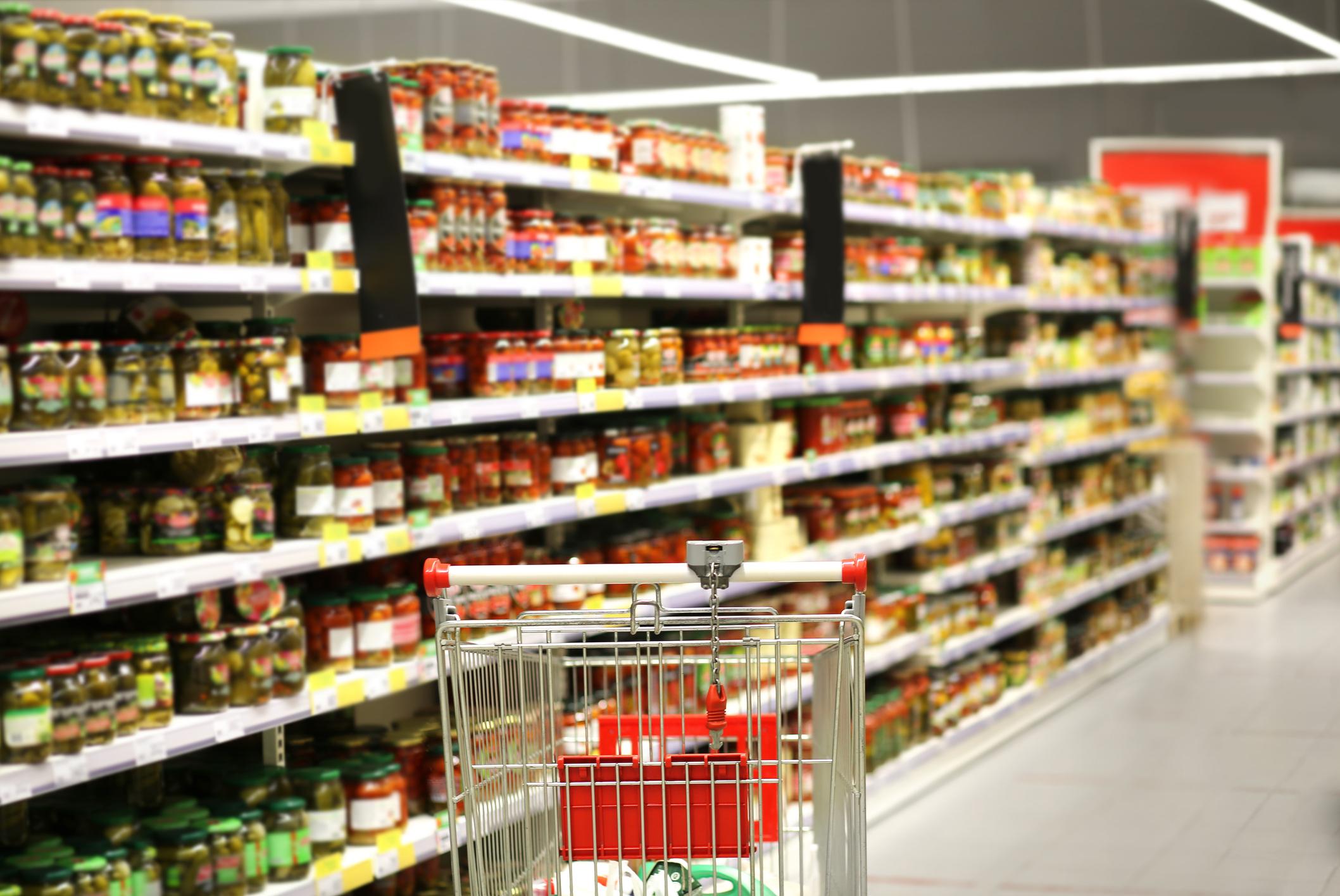Palm oil, nitrites, additives… The Foodwatch association advises against buying these 10 holiday products.

- The French eat on average the equivalent of 3,000 calories for the Christmas meal.
- As a reminder, it takes 1,800 to 2,200 calories per day for a woman and 2,400 to 2,600 for a man, depending on the activity.
As Christmas and the New Year are fast approaching, Foodwatch consumer association has just listed the 10 party products to avoid, especially to preserve your health.
Additives and nitrites in party food products
As a starter, activists advise against buying Carrefour lumpfish eggs, Labeyrie macaroons with foie gras and small crispy Blini fir trees. “Carrefour Extra lumpfish roe consists of no less than five additives: colorants, including ammonium sulphite caramel E150d, which may contain substances classified as possible carcinogens, but also preservatives and thickeners”, specifies the association. “It is all the more worrying that scientists warn about the combined presence of several additives in the same product: the potential “cocktail effects” induced by the mixture of additives in our plates are not without health risks”add the activists.
Labeyrie macaroons with foie gras also contain nitrites, again substances that are bad for your health. “While the brand regularly highlights in its communication and on its products its traditional know-how and its love of the terroir, the aperitif macaroons with a block of duck foie gras contain sodium nitrite (E250)”, can we read in the report.
Palm oil in certain foods
As for the main courses, Foodwatch singles out the sliced Auchan smoked salmon, the Maître CoQ roast with morels, the bag of Findus duchess potatoes and the fleur de sel from Guérande Larnaudie.
For desserts, activists disqualify the Nestlé grand chocolate yule log, chocolate snowballs Milka and Oreo and Lindt’s Pyreneans. “Milka-Oreo chocolate snowballs contain palm oil, a well-known threat to the environment, human rights and health”, says Foodwatch.
The non-governmental organization concludes at the end of its report: “If for foodwatch, regularly and tirelessly pinning scams on the label is so important, it is because they more generally reflect the opacity of industrial practices. This same opacity which causes food scandals, which allows lobbies to bury bills that would like to attack pesticides or additives, which makes possible massive food fraud, which facilitates limitless food speculation”.

















